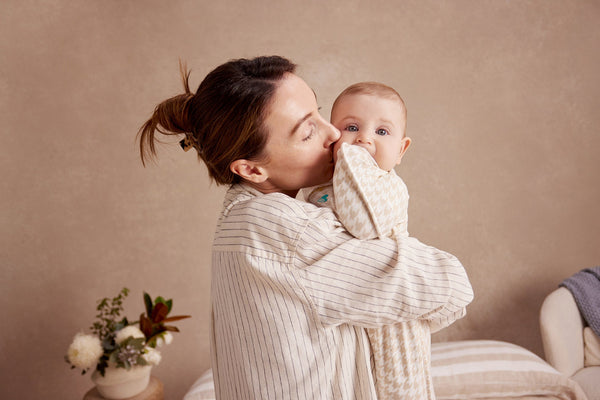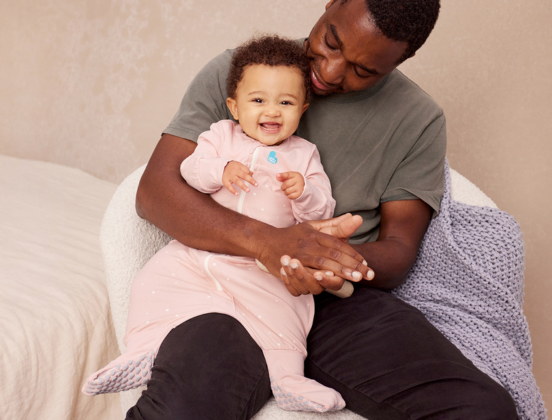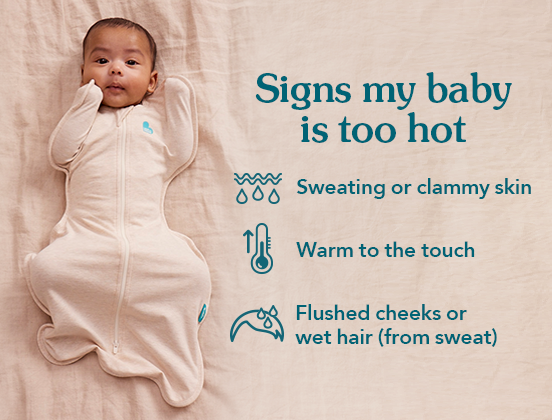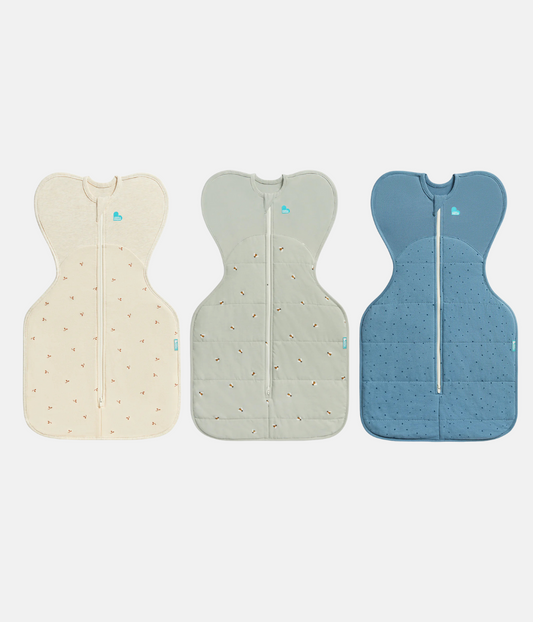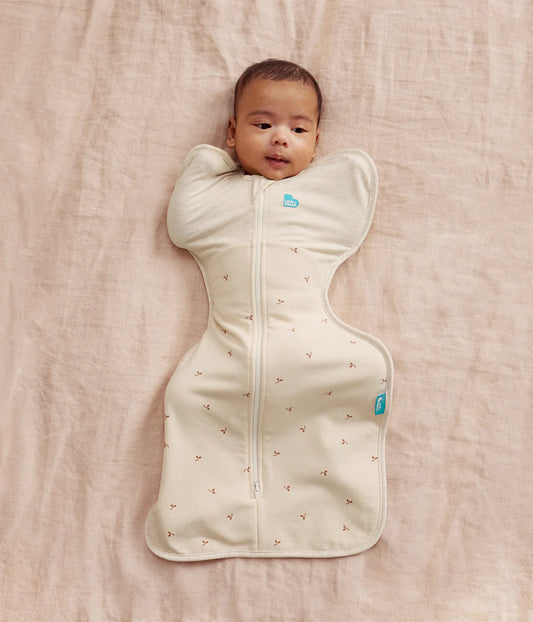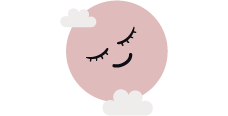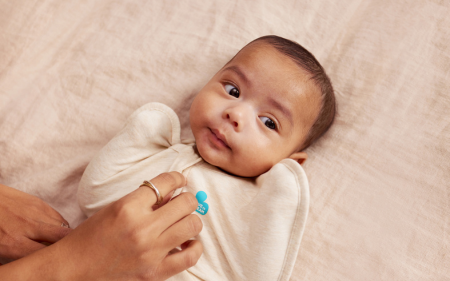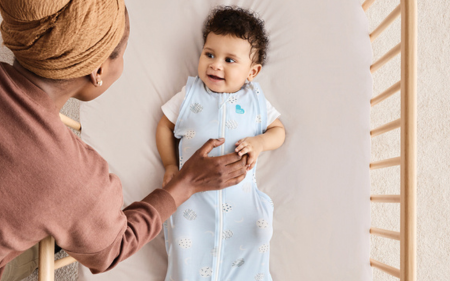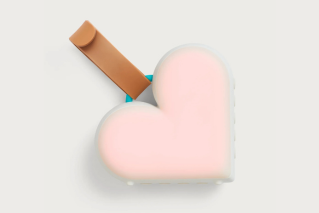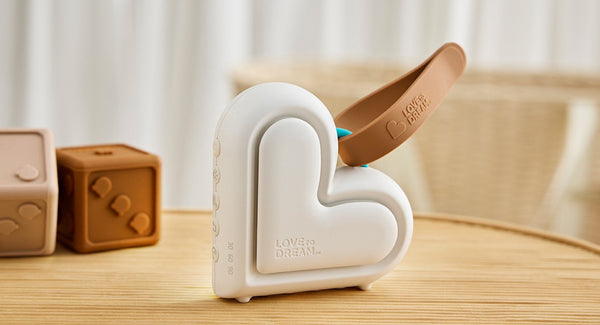What is a TOG?
When you see ‘TOG’ on a garment, it simply means: Thermal Overall Grade. The higher the number, the thicker the fabric. Our TOG rating guide offers a range of temperature-appropriate combinations and layering ideas for your baby.
Layers
Our award-winning rompers and pajamas are designed for non-bulky layering with a range of styles to choose from depending on the season and the age of your child.
- For ages 0-18 months: The ideal clothing for sleep is a one-piece bodysuit (also known as baby onesies or rompers). Our rompers and bodysuits can be layered beneath Transition Bags or the Swaddle Up™ to prevent the need for loose blankets or clothing. With quick snap crotches and envelope necklines, nappy or garment changes are quick and easy.
- For 2-4 years old: Two-piece pajamas give older children more independence when learning how to get dressed or use the potty. Our super soft and stretchy pajamas provide comfort and breathability to help regulate your little one’s temperature during the night.
What should I dress my baby in underneath the Swaddle-Up™?
Our bestselling Swaddle Up™ is made from a lightweight, breathable stretch cotton blend and comes in a range of styles for different temperatures. During the colder months, you can dress them in a full-length romper or bodysuit or bodysuit and leggings. During the warmer months, a sleeveless and legless bodysuit could be all that is needed under our Swaddle Up™.
Layering is ideal for changing temperatures as it allows you to easily remove a layer or two when required. You can find examples of how to dress your baby for sleep in our temperature guide.
What should I dress my child in underneath a Transition Suit or Transition Bag?
When your baby starts to show signs of pulling themselves up or trying to roll over (this usually happens at around six months), you must stop swaddling. Our Stage Two Transition Suits and Bags are designed to help your little one learn how to sleep more independently over time without losing the comfort that swaddling provides.
Rompers and bodysuits can sit snuggly underneath a Sleep Suit or Transition Bag with different styles to choose from according to the season. For the warmer months, we recommend sleeveless and legless styles. For the cooler months, long-sleeved rompers will provide more warmth.
What should my child wear for potty training?
Our two-piece pajamas are designed to support children who are potty training or learning how to get dressed independently, as they can be pulled up and down with ease. They can also be worn for play, as some styles have gripped feet to prevent slipping.
How do I know what TOG rating is suitable?
A TOG rating is a helpful unit of measurement that can determine the type of sleepwear your child needs.
For the summer months, our Romper and PJ Collection can be worn on its own or underneath a Swaddle Up™, Transition Bag or Transition Suit, depending on your child’s age and the temperature of the room.
How should I dress my child for sleep in summer?
During warmer seasons, choose a low TOG rating when purchasing a Swaddle Up™, Transition Bag or Suit. If your child needs more warmth, you can dress them in a short sleeve or sleeveless romper/bodysuit underneath.
With envelope necklines and twin zippers, our collection is designed to be layered and taken off with ease.
How should I dress my child for sleep in winter?
For the cooler months, you may choose to dress your child in a full-length romper, long sleeve pajamas or a combination of romper and leggings. You may also choose to layer your child’s romper with a Transition Bag, Suit, or Swaddle Up™ depending on their age.
Use our handy temperature chart to select an appropriate layering combination for the temperature of the room.
Is there any clothing to avoid during sleep?
Always follow safe sleep guidelines. Babies regulate their body temperature through their face and head, never put your child to sleep wearing a hat, beanie or bonnet. Choose clothing that is the correct size for their age and in accordance with the temperature of the room.
Do not leave any loose layers, pillows, blankets or toys in their sleep space. Always put your child to sleep on their back with their face and head uncovered on a firm, flat, and clean mattress that is the correct size for the crib/bassinet.

